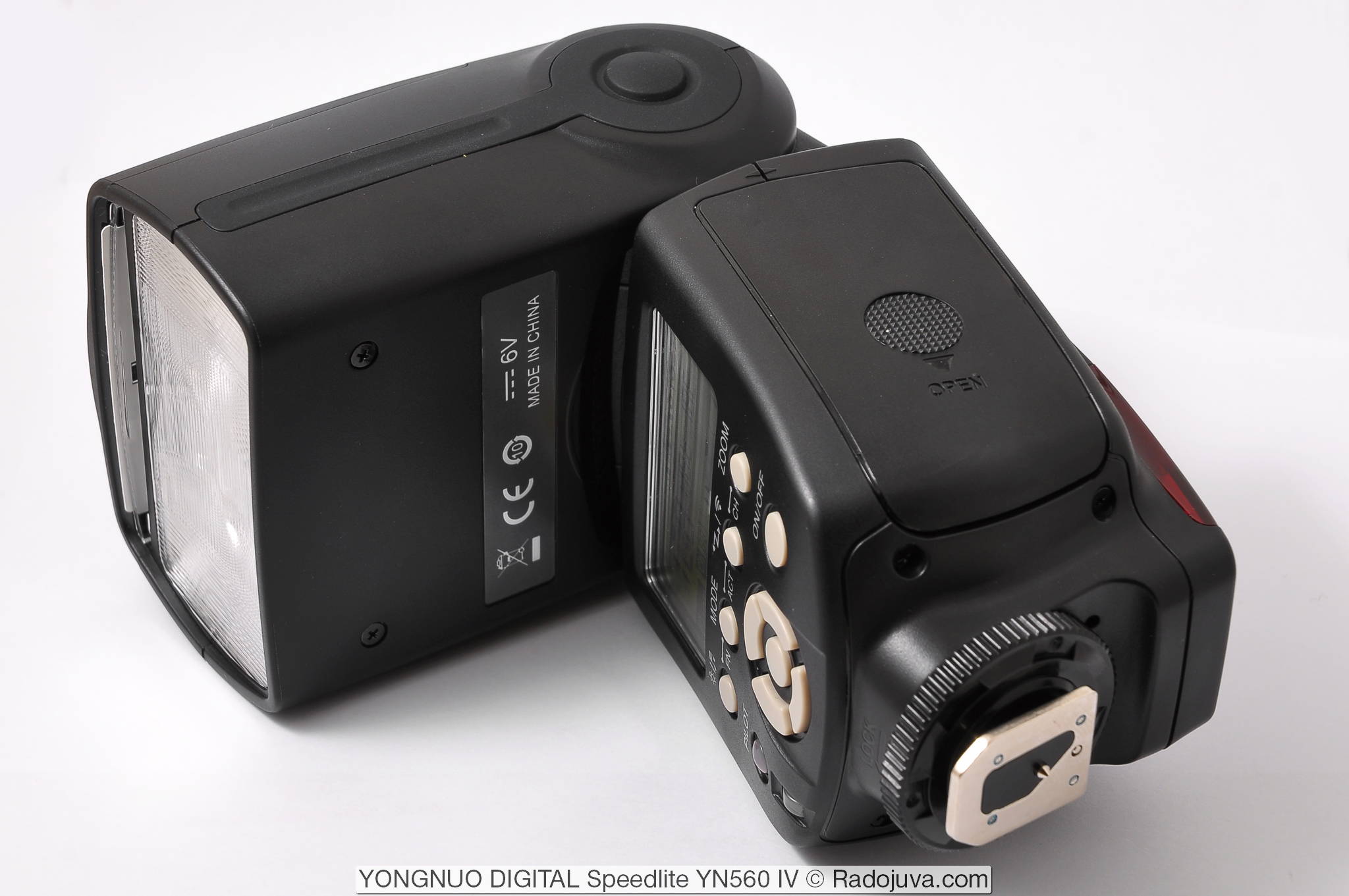
The buttons on the transmitter are all very straightforward and it’s easy to figure out how to change all the settings. After this quick process, everything just worked. All I had to do was plug my flash into the transceiver, plug the transmitter into my camera, make sure my flash was set to TTL (I don't think the flash has to be in TTL for Canon users), and then confirm that the transceiver and trigger were on the same channel. I was surprised by how easy it was to set everything up. You can also switch from manual to TTL from the transmitter without having to touch your flash. This transmitter not only gives you the ability to adjust the flash power in manual and TTL, it also gives you the option to adjust the zoom of each flash in addition to all the other features offered in the Yongnuo-622n transceivers.


The problem is that you have to adjust the TTL flash power from within the camera settings by using flash compensation and if you want to control the flash power in manual, you are stuck having to adjust it from the flash.Įnter the Yongnuo-622n TX. With this simple $77 solution (not including your flash), you now have the ability to trigger your flash in manual, TTL, use high speed sync, and trigger multiple flashes based on groups and channels (with multiple flashes and triggers). One transceiver connects to your camera and acts as the trigger, while the second transceiver connects to your flash and acts as the receiver. In order to get your flash off camera, all you need are two Yongnuo-622n flash transceivers that are compatible with your TTL flash. Then, I found the affordable and feature-rich Yongnuo TTL system and instantly fell in love. In order to trigger the flash, you either need to have an expensive on-camera flash, an expensive TTL radio trigger, or a cumbersome TTL cable.

I have always been on the full manual side, because when it comes to triggering a TTL flash off camera, things start to get complicated. In the world of off-camera flash, there are two sides: the full manual side and the TTL (through the lens) side.


 0 kommentar(er)
0 kommentar(er)
